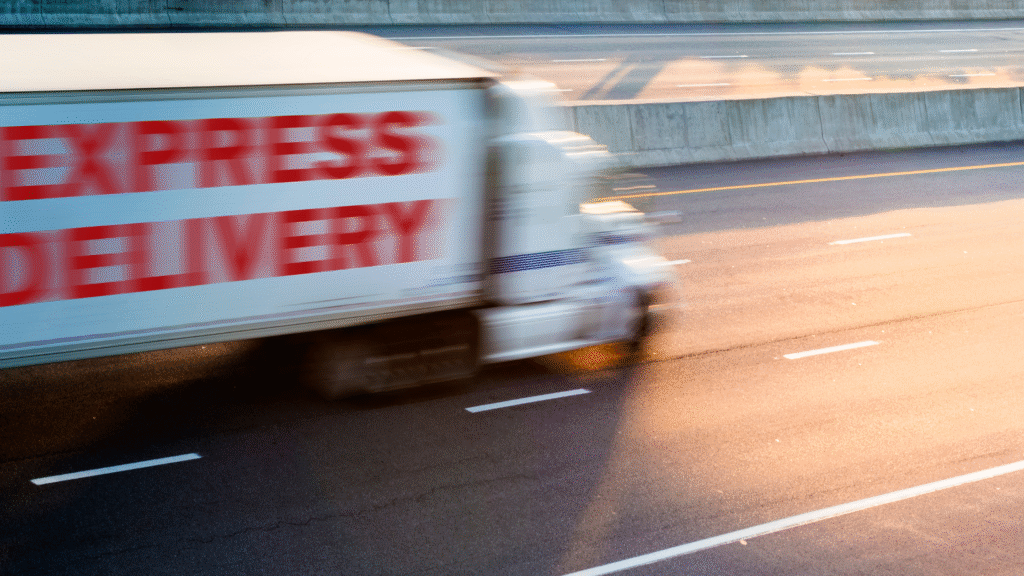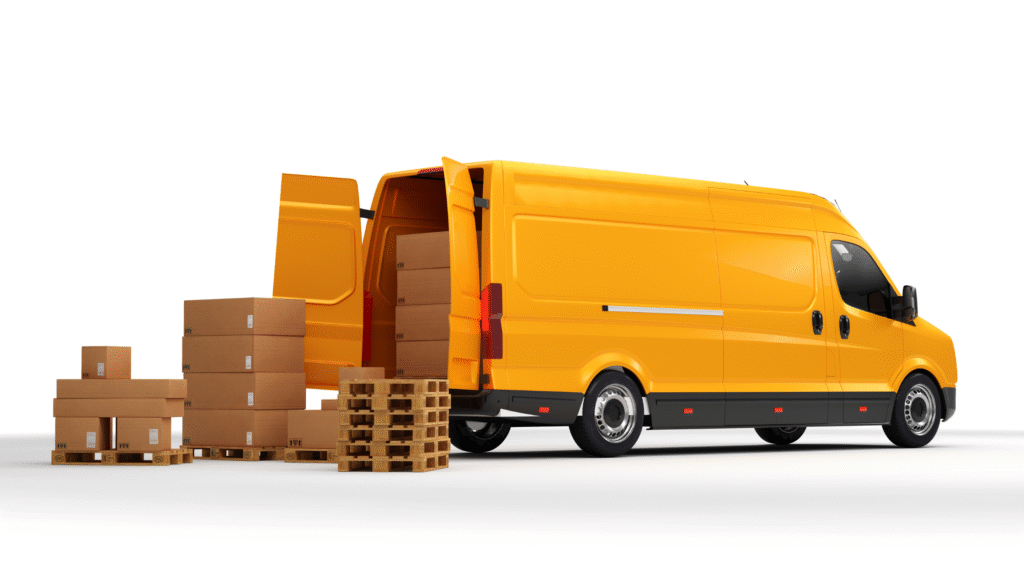Fast delivery is good. Delivering intelligently is better.
In modern e-commerce, delivery has become a real purchasing criterion. Between the giants who promise 24-hour shipping and the brands who focus on more sustainable options, every e-tailer needs to find the right balance.
But delivery logistics management is also a major cost center. Speeding up delivery times may appeal to customers, but it has a direct impact on the profitability and complexity of the supply chain.
So, express or standard delivery: what strategy should you adopt to maintain customer satisfaction without sacrificing margins?
Express delivery vs. standard delivery: two distinct logistical approaches
Express delivery promises very short lead times (24 to 48 hours) thanks to accelerated processes: prioritization of orders, just-in-time preparation, premium carriers.
In contrast, standard delivery relies on planned rounds, grouped shipments and more economical logistics.
In practice, these two models meet different customer needs:
- Express: for impulse purchases, emergencies, or products with high perceived value.
- Standard: for planned orders, smaller average baskets, or price-sensitive customers.
The challenge for e-tailers is to manage delivery logistics so as to adapt their offer and keep control of costs and delivery times.
The advantages and limitations of express delivery
The benefits: speed and instant gratification
Express delivery is a powerful lever for building customer loyalty. Receiving a product within 24 hours boosts confidence and satisfaction, especially with fast-moving products (fashion, high-tech, cosmetics).
It also enhances the brand’s image: offering several delivery methods gives an impression of logistical mastery and modernity.
Limits: costs and carbon footprint
This speed comes at a price:
- Higher transport costs (up to +40%).
- More complex logistics organization: more picking, less pooling, more potential errors.
- Increased ecological footprint: partially-filled vehicles, short journeys, express returns.
In short, express delivery appeals to customers, but can quickly erode margins if not integrated into optimized delivery logistics management.

Standard delivery: reliability, economy and durability
Standard delivery, often within 3 to 5 days, is still the most popular option in e-commerce. It offers greater profitability thanks to the pooling of flows and more predictable logistics.
The benefits:
- Reduced transport costs.
- Less operational stress for logistics teams.
- Possibility of integrating green or relay point delivery methods.
A lever for more responsible logistics
More and more consumers are willing to wait a little longer for a more environmentally-friendly delivery. Delivery logistics management can then become a brand argument: a promise of efficiency, but also of sustainability.
What impact does delivery have on e-commerce profitability?
The choice of delivery method has a direct impact on :
- logistics costs (transport, preparation, packaging, storage)
- customer satisfaction (and therefore customer loyalty)
- net margin (the faster the delivery, the greater the impact on profitability).
A good balance depends on fine-tuned, data-driven delivery logistics management:
- analyze the performance of each mode (costs, returns, satisfaction) ;
- adjust offers according to product type and delivery zone;
- anticipate volume peaks to avoid unplanned express surcharges.
In concrete terms: a brand that delivers 30% of its orders express without adjusting its prices can see its margin fall by 10 to 15%.
How can Iziship optimize delivery logistics management?
At Iziship, we help e-tailers achieve a balanced approach between performance, profitability and customer experience.
Our teams provide complete delivery logistics management:
- Multi-carrier integration (Colissimo, Chronopost, DPD, GLS, etc.).
- Intelligent choice between express, standard or point relais depending on the type of order.
- Real-time tracking thanks to a connected WMS.
- Route optimization to reduce costs and CO₂ emissions.
This approach enables brands to maintain a high level of service while controlling costs and environmental impact.
To find out more about the international dimension of delivery and the issues involved, read our article on international logistics and the challenges of cross-border transport.

In a nutshell
Express delivery and standard delivery are not opposites: they complement each other. The challenge is not to choose one or the other, but to integrate them intelligently into a coherent delivery logistics management strategy.
The keys :
- Offer the right delivery method, to the right customer, at the right time.
- Rely on reliable data and agile logistics to reconcile cost, speed and customer satisfaction.
With Iziship, you can turn your logistics into a lever for profitability (and not an expense).

